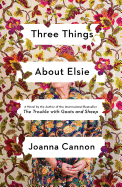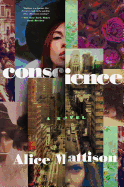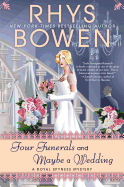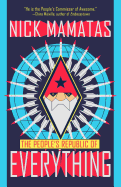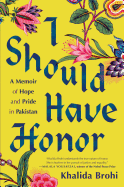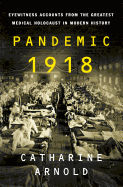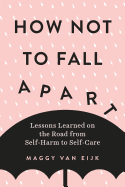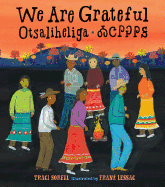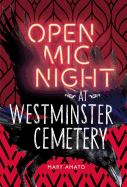 When not fawning over every dog she sees, Mackenzi Lee writes award-winning books like The Gentleman's Guide to Vice and Virtue, This Monstrous Thing and Bygone Badass Broads: 52 Forgotten Women Who Changed the World. With The Lady's Guide to Petticoats and Piracy (available October 2, 2018, from HarperCollins), her sequel to The Gentleman's Guide, Lee brings readers on another wild and dangerous Grand Tour of 18th-century Europe, this time including Africa and the uncharted seas beyond.
When not fawning over every dog she sees, Mackenzi Lee writes award-winning books like The Gentleman's Guide to Vice and Virtue, This Monstrous Thing and Bygone Badass Broads: 52 Forgotten Women Who Changed the World. With The Lady's Guide to Petticoats and Piracy (available October 2, 2018, from HarperCollins), her sequel to The Gentleman's Guide, Lee brings readers on another wild and dangerous Grand Tour of 18th-century Europe, this time including Africa and the uncharted seas beyond.
Did you plan all along to write a follow-up to The Gentleman's Guide to Vice and Virtue? Or did Felicity nag you until you did it?
I had zero plans for this book when I first wrote Gentleman's Guide. Honestly, I didn't think Gentleman's Guide would take off the way it did, let alone have enough of a readership to warrant a sequel. But since I had readers who seemed to love this world and these characters as much as I do, it felt like a natural next step to take. When I originally started plotting a second book (at the urging of my editor), I intended to make it another Monty-narrated book. But he and Percy already got their happy ending, and I didn't want to mess with that. So instead, I looked to Felicity, and her story sort of unfurled.
I know you love history. What did you learn in your research for The Gentleman's Guide and The Lady's Guide that surprised you most?
Where to even start? I read about so many bizarre medical treatments from the 18th century for this book, like sealing up a deep cut with toasted cheese, and the incredible extravagance that was the Grand Tour. But queer culture in history continues to be the most exciting and surprising thing for me to research. We tend to talk about history in sweeping generalizations, and queer experience is no exception, while we talk about queer people today with the benefit of individuality. We know that your experience as a queer person in the United States in 2018 can vary hugely depending on a plethora of factors, but we don't often grant that same individuality to queer people in history. I love finding these individual stories that disprove the idea that every queer person before Rent came out was sad and lonely and unable to live true to themselves. Reading the stories of queer people in history who were able to live openly with the people they love will never stop giving me hope.
Felicity, Sim and Johanna are pretty nontraditional 18th-century women, at least the way we tend to think of that period. Did you find many examples of badass 1700s women to draw from?
You can't throw a rock in the 1700s without hitting a badass woman (but please don't throw rocks at women). My philosophy when studying history is that everywhere we talk about men doing things, there are women (and queer people and people of color and disabled people) doing that same thing, we just don't tell those stories. Johanna and her mother are inspired by Maria Merian, a real naturalist and artist whose documentation of the natural world took her around the globe and made her one of the most important people working in science at the time. Felicity has many influences, including Sophia Jex-Blake, the first woman to be admitted to medical school in the United Kingdom, and Elizabeth Blackwell, the first female doctor in the United States, who was admitted to medical school as a joke but then totally kicked ass at it. And Sim is part of a host of badass lady pirates in history--Ching Shih, Jacquotte Delahaye, Jeanne de Clisson, Sayyida al-Hurra.... I could go on. Badass women aren't the exception in history; they are the rule.
Felicity's brother, Monty, is happily coupled with a man. Felicity herself may be asexual. How important is it to you to be LGBTQ+-inclusive in your work?
SO IMPORTANT! Because I want my readers--particularly my teen readers, and even more particularly my queer teen readers--to know in no uncertain terms that queer people have existed as long as there have been people, and that they have been more than tragic subplots in BBC period dramas. They have lived and loved and thrived and had happy, full lives. They've carved out spaces for themselves and found people they loved and made history. There's something very validating in knowing not only that other people like you exist but that people like you always have.
The friendship among the three women in Ladies Guide is complex and beautifully authentic. Do the friendships in your life play into your fiction writing?
As a teenager, my friendships were the most important relationships in my life. I felt so passionately--almost romantically--about all of my friends, and I think the contained nature of high school along with the intensity of every feeling during your teenage years leads to these sorts of friendships. My memories of my teenage friendships hugely informed the relationships among Johanna, Sim and Felicity. I still feel incredibly strongly about my friendships. I'm so lucky that I have many incredible women in my life now, and they were all close to my heart as I wrote this book (and many of them quite literally cheered me on through the writing of it).
What was your biggest challenge in writing Lady's Guide? What came easiest?
The hardest part was writing it. I've never written a sequel, never planned to write this sequel and was initially overwhelmed by the expectations readers would bring to this book--I wasn't sure I could make lightning strike twice. So, the biggest challenge was just getting out of my own head and focusing on the story rather than the audience. Gentleman's Guide came from a place of writing about tropes, history and archetypes that I love. Once I found that same love in Lady's Guide, the writing came much easier, though that nasty little internal monologue that tells you you're destined for failure never quite goes away.
The easiest part? Having written it. I hate writing books but oh boy do I love having written a book.
The (other) easiest part was probably Felicity's voice. From page one, Felicity's voice was there, just like Monty's had been, and it was so easy to channel.
If you didn't write, what would you do for work?
I've always wanted to be a set dresser for historical films and plays. Because I love history and I love buying stuff.
How do you know when you're finished with a book?
When my editor e-mails me and says, "Okay, this is the last call, we really need the manuscript now." I'd fiddle with a book forever if given the chance. --Emilie Coulter
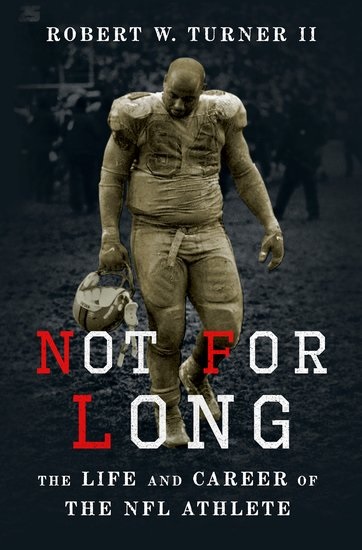 Dr. Robert W. Turner II was a pro football player, so is well-qualified to dissect what it means to be a player, in Not for Long: The Life and Career of the NFL Athlete (Oxford University Press, $24.95). It's a precarious position: the momentum created by powerful owners, league revenue, and pros is a whirling wheel that "jettisons players, sending them spinning off into the ether," without guaranteed money or tools for life outside football.
Dr. Robert W. Turner II was a pro football player, so is well-qualified to dissect what it means to be a player, in Not for Long: The Life and Career of the NFL Athlete (Oxford University Press, $24.95). It's a precarious position: the momentum created by powerful owners, league revenue, and pros is a whirling wheel that "jettisons players, sending them spinning off into the ether," without guaranteed money or tools for life outside football.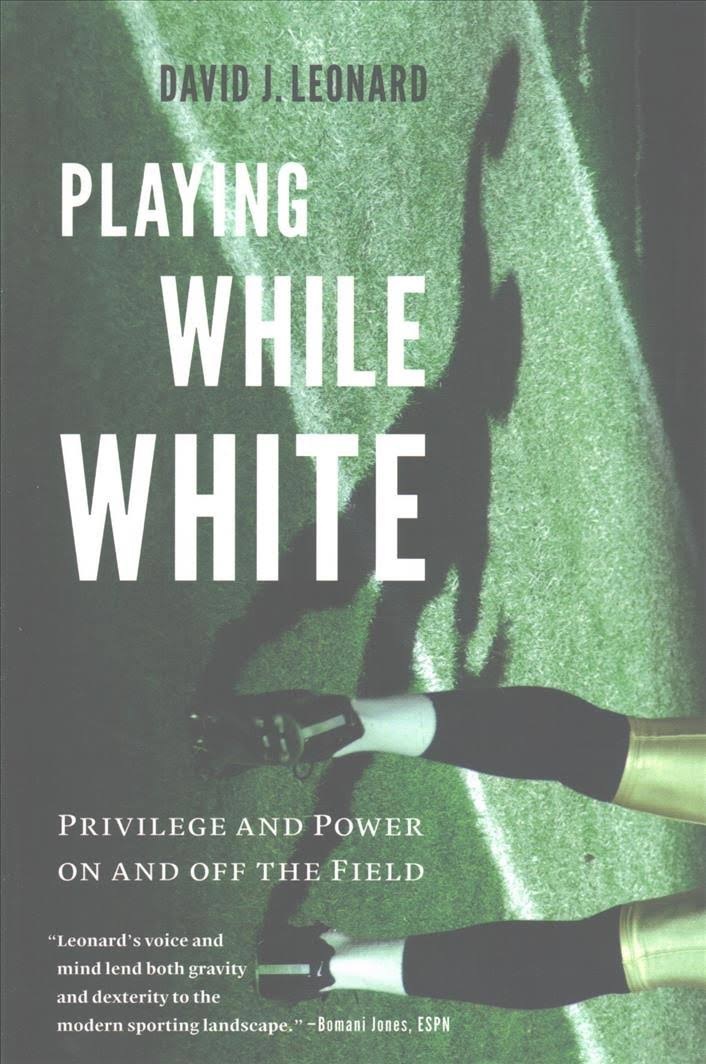 In Playing While White: Privilege and Power On and Off the Field (University of Washington Press, $26.95), Professor David J. Leonard writes that sports culture is a key component of racial ideas. One prime example from football is trash talking. When Richard Sherman calls out Tom Brady--"You mad, bro?"--or tells Erin Andrews "I'm the best corner in the game!" he's seen as "immature, selfish and petulant." But when Brady (an inveterate trash talker) or Peyton Manning let loose, they're seen as competitive and fearless. "Bravado and confidence, like rage, is unacceptable in association with blackness."
In Playing While White: Privilege and Power On and Off the Field (University of Washington Press, $26.95), Professor David J. Leonard writes that sports culture is a key component of racial ideas. One prime example from football is trash talking. When Richard Sherman calls out Tom Brady--"You mad, bro?"--or tells Erin Andrews "I'm the best corner in the game!" he's seen as "immature, selfish and petulant." But when Brady (an inveterate trash talker) or Peyton Manning let loose, they're seen as competitive and fearless. "Bravado and confidence, like rage, is unacceptable in association with blackness."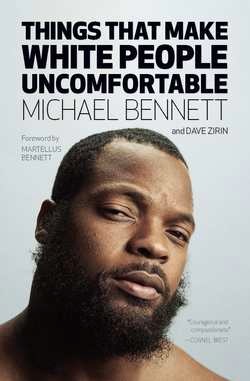 Michael Bennett--premier defensive end with the Eagles (formerly with the Seahawks)--exudes bravado and confidence, and doesn't care if it's unacceptable. Indeed, his book (with Dave Zirin) is titled Things That Make White People Uncomfortable (Haymarket Books, $24.95). He loves football, he loves his teammates, he loves hating quarterbacks, but "the league itself, the violence you put your body through to play, is not fun." He writes about CTE, the lack of integration in the NFL with respect to owners and coaches, anthem protests and activism, and how his wife and three daughters inform his feminism. And he's very witty. Remembering the NFL combine, with its overtones of slave auction: he walked into a room filled with a lot of older men, and "felt like they were Kardashians and I was an NBA starting center."
Michael Bennett--premier defensive end with the Eagles (formerly with the Seahawks)--exudes bravado and confidence, and doesn't care if it's unacceptable. Indeed, his book (with Dave Zirin) is titled Things That Make White People Uncomfortable (Haymarket Books, $24.95). He loves football, he loves his teammates, he loves hating quarterbacks, but "the league itself, the violence you put your body through to play, is not fun." He writes about CTE, the lack of integration in the NFL with respect to owners and coaches, anthem protests and activism, and how his wife and three daughters inform his feminism. And he's very witty. Remembering the NFL combine, with its overtones of slave auction: he walked into a room filled with a lot of older men, and "felt like they were Kardashians and I was an NBA starting center." 


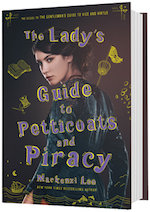

 When not fawning over every dog she sees,
When not fawning over every dog she sees, 